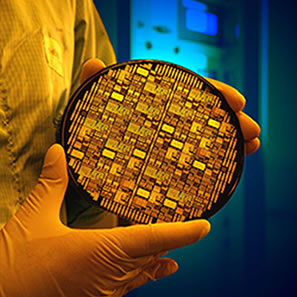Discount on postgraduate courses
10 per cent discount on postgraduate courses for University of Southampton final-year students and alumni.
10 per cent discount on postgraduate courses for University of Southampton final-year students and alumni.
Details of current PhD studentships are advertised on the University’s job opportunities web page.

10 per cent discount on postgraduate courses for University of Southampton final-year students and alumni.
Details of current PhD studentships are advertised on our job opportunities page.